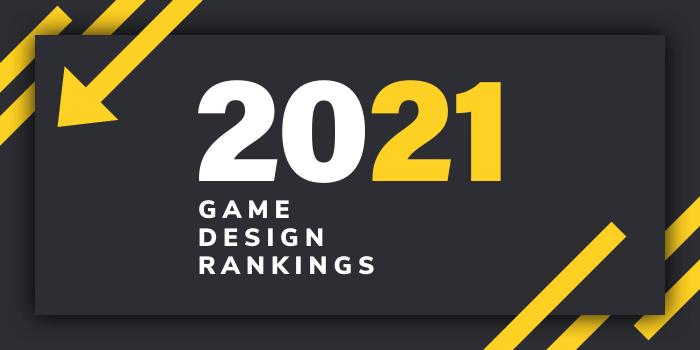Ferris State University (FSU or Ferris) dates back to 1884. On September 1, 1884, the Big Rapids Industrial School opened, and a year later, the institution became Ferris Industrial School. Around 1898, the name changed to Ferris Institute, and in 1963, it became Ferris State College. In 1987, FSU changed its name yet again to Ferris State University.
The school offers 180 undergraduate and graduate majors including 2-year degrees that "ladder" into
4-year, BA and BS degrees, eight master's degrees, and Doctorates of Education, Optometry, and Pharmacy. Some FSU majors are offered at no other university in Michigan or the United States.
Programs are offered in the Colleges of Arts and Sciences, Business, Education and Human Services, Engineering Technology, and Health Professions, and Pharmacy, as well as Kendall College of Art and Design (KCAD) and Michigan College of Optometry.
Established in 1928, Kendall College of Art and Design (KCAD) opened its doors in 1931 with just 35 art students. Today, the school serves more than 1,000 students enrolled in around 24 BFA, BS, MA, MFA, and Certificate programs. Aspiring game designers will find education pathways at Kendall College of Art and Design and in the College of Business’ School of Digital Media.
KCAD offers a BFA in Digital Art and Design. The program allows students to work in one of two focus areas including Entertainment Art (animation, digital 3D, visual development for games and animation, and sequential arts like comics and storyboards) or Multimedia Design (interaction design for the web, apps, virtual reality, the internet of things, and video and motion design animation).
Students in the program will gain knowledge and hands-on experience via high-end equipment and on-campus facilities such as Cintiq Studios and a wide range of cameras, microphones, and lighting equipment, and via access to The Dow Center FlexLab, and KCAD Library. Graduates will leave the program with the skills and experience needed to pursue career paths in areas such as 2D animation, 3D game art, visual development, interaction design, and motion design.
School of Digital Media programs include a BS in Digital Media Software Engineering (DMSE), a BAS in Digital Animation and Game Design (DAGD), and a Digital Media AS. The BS in DMSE is designed as an engineering degree focused on the methodologies, procedures, and technologies involved in the software development process. The program offers students the opportunity “to actively compete” in many growing industries such as Video Game Development, Information Technology, and Entertainment.
The BA in DAGD Program is “focused on educating students in the latest tools and technology used to create digital and interactive content,” says the school. Aspiring game designers will learn how to animate and render 3D characters and scenes, author interactive applications and games, build content in industry leading game engines, create and manipulate 2D textures and images, and design and create 3D game level mods. They will learn to edit, manipulate, and develop digital video, model, rig, and light 3D characters and scenes, and prepare a professional portfolio and demo reel.
In addition to game design and asset creation, the program prepares students to pursue careers in growing industries such as architectural flythroughs, educational software, film, independent game and animation development, legal simulation, medical visualization, product design, web development, and more.
The AS program combines existing courses within the DAGD, DMSE, and Television and Digital Media Production (TDMP) programs into an introductory and exploratory degree within the School. It allows students to complete their general education requirements while enrolling in courses from across the digital media curriculum. Graduates of the program are prepared for entry-level positions in a variety of industries or they will enjoy a “smooth transition” into any of the bachelor’s degree programs offered in the School of Digital Media.







